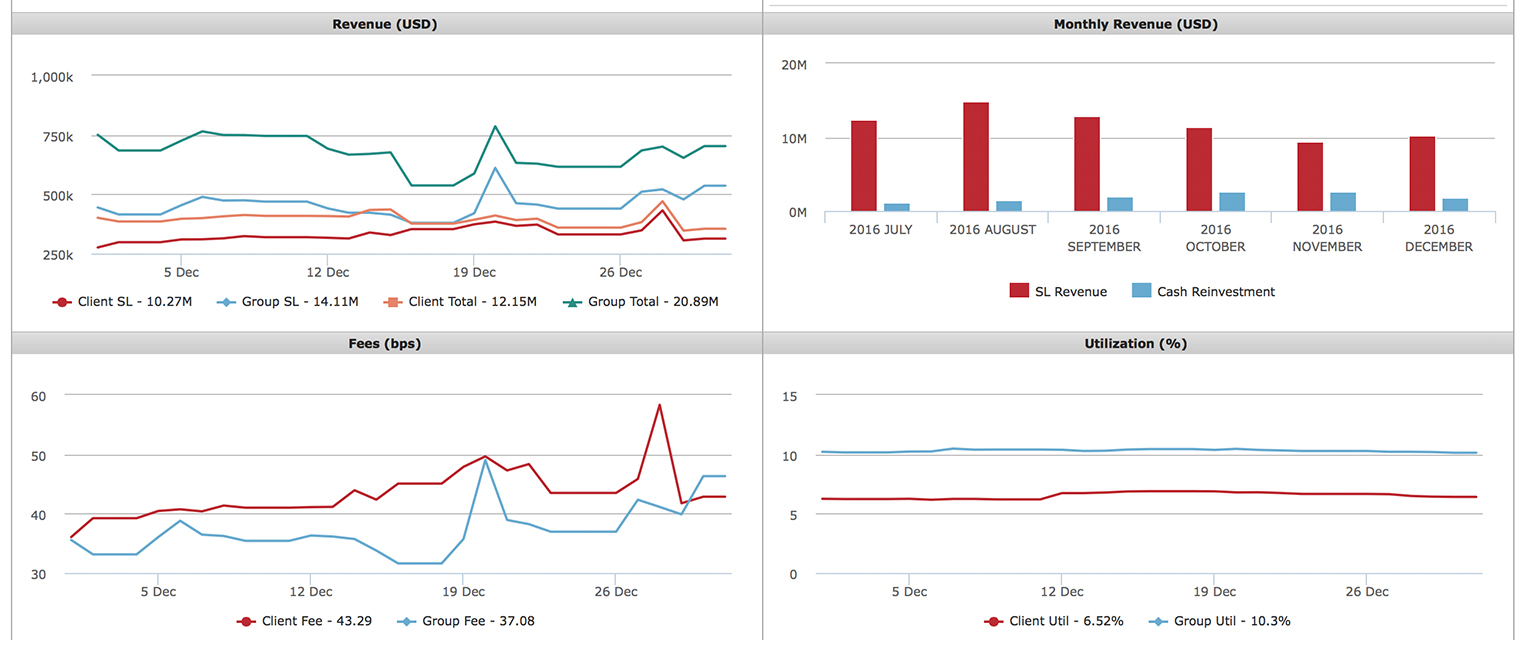STANDARDIZING PERFORMANCE MEASUREMENT

Director
Product Owner, DataLend
+1 212 901 2262
nancy.allen@equilend.com
September 26, 2017
Primarily driven by regulatory changes and the subsequent capital charges incurred by lenders and borrowers, securities lending programs have become more complex. Beneficial owners must now consider a wider range of collateral types, varied term structures, new types of routes to market (such as central counterparties) and bespoke indemnities. For all parties involved in securities lending, transparency has become increasingly important to ensure that optimal value is extracted from lending programs. Data services are becoming ever more embedded, and data is being treated as an asset, one that is pivotal in the navigation of a changing market environment.
Given the various decisions that beneficial owners face when reviewing their lending programs, many have now taken a hands-on approach with their investment teams providing program oversight, as opposed to an outsourced approach using the custodian or investment manager.
Beneficial owners would like to be able to quantify how well their agent lender is performing not just against the securities finance market as a whole, but against a peer group sample that is as close to their fund structure as possible. As part of that assessment, beneficial owners want to understand what drives revenue and how they can generate an optimal return for their investors. Agent lenders and beneficial owners alike can benefit from performance measurement tools such as the DataLend Client Performance Reporting suite to help identify trends in the market and quantify returns from a change of strategy.
Once beneficial owners establish their program parameters in line with their risk appetites, they then have a responsibility to ensure that their programs are being properly managed given their requirements and that they are achieving returns commensurate with market rates. Given the complexities of the market and the unique nature of each beneficial owner’s program, this is not an easy or straightforward task. Many have asked: “How can I get a true like-for-like analysis when comparing my program to the broader industry, and how can I ensure that my agents are reporting their performance in a consistent manner?” The answer starts with data quality and a standardized peer group.
At DataLend, we have been working closely with our agent lender and beneficial owner clients to re-architect our Client Performance Reporting tool.
We believe the new design provides our clients with the transparency and the peer group benchmarking standardization they desire. We have incorporated enhanced data cleansing processes to ensure that clients have access to the most accurate and complete data set possible, including an accurate reflection of key attributes such as dividend rates at the inventory level. Using that cleansed data, we introduced a suite of standard DataLend-defined peer groups, which are created from the same aggregate dataset and DataLend matching algorithm regardless of the user; a beneficial owner that receives performance reporting from multiple agents can feel secure that reporting from DataLend will reflect the standardized peer group.
In addition, the enhanced Client Performance Reporting suite provides complete transparency around the chosen peer group. A lender or a beneficial owner will always know the types of entities that are included in their chosen peer group at any time (legal structure, fiscal location and collateral are displayed). As a start, all peer groups are weighted at a security level to the portfolio being reviewed and are also matched at dividend rate.
From there, users are able to select which benchmarking criteria are most important to them: fiscal location, legal structure, collateral type or all of them.
To better understand how revenue is being generated, beneficial owners need a tool to help them perform a revenue attribution analysis. Which assets are generating the most return and why? What is driving that return: collateral? Term? Intrinsic value? Cash reinvestment? Are there currently dormant assets in inventory that may be lent out profitably?
Beneficial owners can better optimize portfolio returns when they understand how revenue is generated. DataLend’s Client Performance Reporting provides that level of transparency to help agents and beneficial owners identify revenue attribution.
In recent years, beneficial owners have struggled to find a consistent approach to performance measurement. In consultation with beneficial owners and agents, we believe we have created a comprehensive application that provides the market with the tools to review performance at a program, client, fund and account level across combinations of asset classes, countries and sectors while doing so relative to a standardized peer group.
We look forward to continuing to work with the lending community to further enhance DataLend’s Client Performance Reporting tool.
Following significant development efforts and in consultation with our agent lender and beneficial owner clients, DataLend is excited to announce the release of our all-new Client Performance Reporting suite. In addition to an enhanced look and feel with an all-new graphics library, the updated architecture increases data flexibility and provides a more intuitive screen layout and workflow.
Access DataLend now to try out the new features:
- Assess performance across new peer group matching options
- Review performance at program, client, fund and account levels
- Create customized client groups for performance reviews
- Create your own performance metrics (across countries, sectors and asset classes)
- Analyze new trending data across collateral and loan tenure and more




